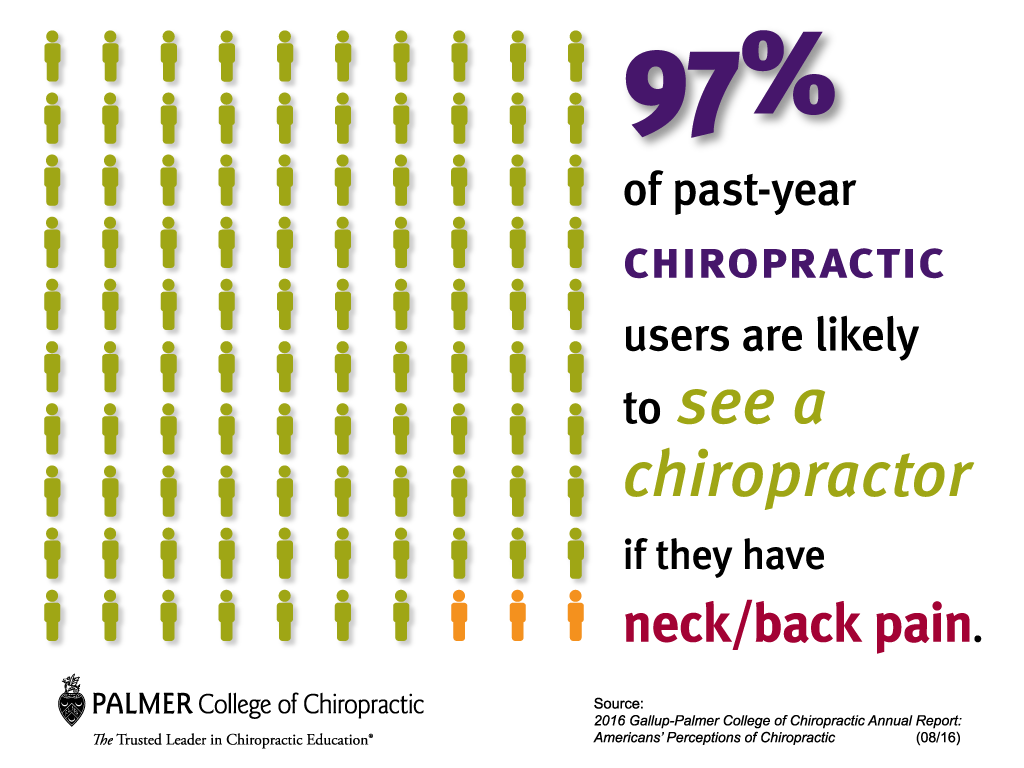Reveal The Secrets Behind Neck Pain And Exactly How Comprehending Cervical Back Composition Can Assist You Locate Alleviation
Reveal The Secrets Behind Neck Pain And Exactly How Comprehending Cervical Back Composition Can Assist You Locate Alleviation
Blog Article
Material Author-Dunn Buckner
As you rest there, perhaps feeling an ache of discomfort in your neck, have you ever before thought the intricate structures that make up your cervical spine? Comprehending exactly how the vertebrae, discs, and nerves interact in this region can shed light on why neck pain can be so relentless and incapacitating. By discovering the foundations of cervical spine composition and its ramifications for neck discomfort, you might reveal understandings that could assist you much better handle or perhaps stop those nagging pains and rigidity.
Relevance of Cervical Spinal Column Anatomy
Recognizing the value of cervical spinal column composition is critical in understanding the complexities of neck pain. The cervical back, made up of seven vertebrae, plays a vital function in sustaining the head's weight and helping with activity. It houses the spine, which transmits messages in between the brain and the rest of the body. Additionally, back pain and provides structural stability to the neck area.
Furthermore, the cervical spinal column enables a vast array of motion, enabling you to turn your head, tilt it sidewards, and nod backwards and forwards. Each vertebra has particular functions and functions that contribute to the general flexibility and stability of the neck. Understanding the anatomy of the cervical spine can help you grasp how injuries or degenerative problems in this region can cause neck discomfort and relevant signs and symptoms.
Components of the Cervical Spine
When exploring the parts of the cervical back, it becomes apparent that its structure contains 7 vertebrae, labeled C1 to C7, stacked on top of each other. These vertebrae are critical as they offer support to the head and enable a wide range of motion in the neck.
The topmost vertebra, C1, likewise known as the atlas, sustains the skull and makes it possible for the sleeping movement of the head. Straight beneath C1 is the C2 vertebra, called the axis, which permits the turning of the head from side to side.
Relocating down the cervical spinal column, each vertebra plays a vital function in keeping the spinal column's adaptability and security. Between each vertebra are intervertebral discs that work as pillows, soaking up shock and preventing the vertebrae from massaging against each other.
Understanding the components of the cervical spine is necessary in understanding how the back functions and its potential influence on neck discomfort.
Connection Between Spinal Column and Neck Pain
The link between the back and neck pain is an important element of understanding musculoskeletal discomfort. Your spinal column, especially the cervical region, plays a substantial duty in sustaining your head and permitting numerous activities. When there's https://chiropractic-injury-clini94173.topbloghub.com/38214039/comparing-conventional-physical-treatment-methods-vs-new-comes-close-to-for-neck-and-back-pain-relief in the back, such as a herniated disc or imbalance, it can straight impact the surrounding tissues and nerves, leading to neck discomfort. Poor stance, injuries, and degenerative conditions can all add to spine-related neck pain.
It's important to acknowledge that the back and neck function as a natural system. Any irregularities or imbalances in the spinal column can cause stress on the neck muscular tissues and tendons, causing pain and tightness.
Final thought
Since you have a basic understanding of cervical spinal column composition and its link to neck discomfort, you can much better value the complexities of your own neck discomfort. Keep in mind, the wellness of your cervical back plays a crucial function in sustaining your head and helping with activity, so it is very important to deal with it through appropriate position, exercise, and routine check-ups with a healthcare professional. Remain educated and proactive about your back health to prevent and manage neck pain properly.
